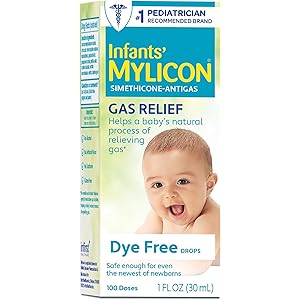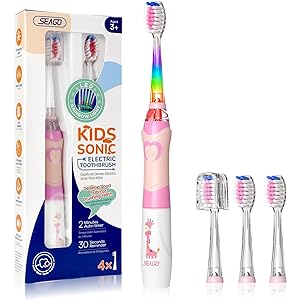MYLICON Infants Gas Relief Drops for Infants and Babies, Dye Free Formula, 1 Fluid Ounce
$9.86 (as of October 25, 2025 00:05 GMT +00:00 - More infoProduct prices and availability are accurate as of the date/time indicated and are subject to change. Any price and availability information displayed on [relevant Amazon Site(s), as applicable] at the time of purchase will apply to the purchase of this product.)Understanding Varicose Veins During Pregnancy
Pregnancy brings about numerous changes in a woman’s body, and one of the most common issues that can arise is the development of varicose veins. These swollen, twisted veins often appear in the legs and can cause discomfort and aesthetic concerns. Understanding the causes and implications of varicose veins during pregnancy is crucial for expectant mothers.
Causes of Varicose Veins in Pregnant Women
The primary cause of varicose veins during pregnancy is the increased blood volume and hormonal changes that occur in a woman’s body. As the uterus expands, it exerts pressure on the pelvic veins, which can impede blood flow and lead to the formation of varicose veins. Additionally, the hormone progesterone relaxes the walls of blood vessels, making them more susceptible to swelling.
Symptoms of Varicose Veins in Pregnancy
Symptoms of varicose veins during pregnancy can vary from mild to severe. Common symptoms include aching, heaviness, and swelling in the legs, especially after long periods of standing or sitting. Some women may also experience itching or a burning sensation around the affected veins. In severe cases, varicose veins can lead to complications such as blood clots or skin ulcers.
Risk Factors for Developing Varicose Veins
Certain factors can increase the likelihood of developing varicose veins during pregnancy. These include a family history of varicose veins, being overweight, and having multiple pregnancies. Additionally, women who are older or who have had previous pregnancies are at a higher risk. Understanding these risk factors can help women take preventive measures.
Preventive Measures for Varicose Veins
While not all cases of varicose veins can be prevented, there are several strategies that pregnant women can employ to reduce their risk. Regular exercise, such as walking or swimming, can improve circulation and help prevent the development of varicose veins. Elevating the legs, wearing compression stockings, and avoiding prolonged periods of standing can also be beneficial.
Treatment Options for Varicose Veins in Pregnancy
If varicose veins develop during pregnancy, there are several treatment options available. Conservative measures, such as lifestyle changes and compression therapy, are often recommended first. In some cases, medical procedures may be necessary after childbirth, including sclerotherapy or laser treatments, to remove or close off the affected veins.
When to Seek Medical Advice
It is essential for pregnant women to monitor their symptoms and seek medical advice if they experience severe pain, swelling, or any signs of complications, such as bleeding or skin changes. A healthcare provider can assess the situation and recommend appropriate treatment options to ensure the health and safety of both mother and baby.
Postpartum Considerations for Varicose Veins
After giving birth, many women notice an improvement in their varicose veins as the body returns to its pre-pregnancy state. However, some women may continue to experience symptoms. It is important to discuss any ongoing issues with a healthcare provider, who can offer guidance on managing varicose veins postpartum.
Long-Term Effects of Varicose Veins
While varicose veins are often considered a cosmetic concern, they can lead to long-term complications if left untreated. Chronic venous insufficiency, characterized by persistent swelling and skin changes, can develop over time. Regular follow-up with a healthcare provider can help manage symptoms and prevent complications associated with varicose veins.



